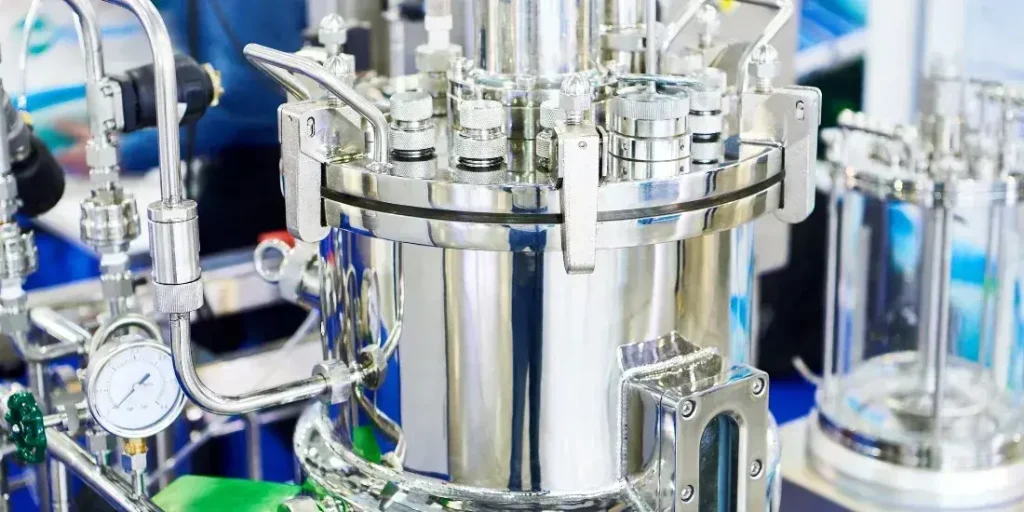The equipment used in the process can make a big difference when making medicines. High-pressure reactors and traditional chemical reactors are two types of equipment used in pharmaceutical synthesis. Here’s a simple look at how they compare, especially regarding efficiency and yield.
What are High-Pressure Reactors?
High-pressure reactors are like advanced pressure cookers used in laboratories. They allow scientists to perform chemical reactions under very high pressure. This high pressure can change reactions, often making them faster or more efficient.
What are Traditional Chemical Reactors?
Traditional chemical reactors are the standard equipment in many labs. They let chemical reactions occur at normal atmospheric pressure or sometimes slightly higher. They’re like big pots where ingredients are mixed to create chemical reactions.
Comparing Efficiency and Yield
Speed of Reaction:
- High-Pressure Reactors: These reactors can significantly speed up reactions. This means that medicines can be made faster, which is crucial in high-demand situations.
- Traditional Reactors: Reactions might take longer, as normal pressure limits the rate at which chemicals can react with each other.
Yield of Product:
- High-pressure reactors: They often produce a higher yield. This means more usable medicine is made from the same amount of starting materials, which is more cost-effective.
- Traditional Reactors: The yield can be lower, meaning more starting material and time might be needed to produce the same amount of medicine.
Energy Consumption:
- High-Pressure Reactors: Although they use more energy to create high pressure, faster reaction times can lead to overall energy savings.
- Traditional Reactors: They might use less energy per hour, but since reactions take longer, the total energy use can be higher.
Quality of Product:
- High-Pressure Reactors: The high pressure can lead to more consistent and pure products. This is important for medicine quality.
- Traditional Reactors: There’s a higher chance of impurities or variations in the product.
Cost:
- High-Pressure Reactors: The initial investment is usually higher due to their complexity. However, the higher efficiency can offset this cost over time.
- Traditional Reactors: They are generally cheaper to set up but might be more expensive in the long run due to lower efficiency and yield.
Manufacturer :
Techinstro is one of the leading High Pressure Reactors Manufacturer company.
Conclusion
High-pressure reactors offer several advantages over traditional chemical reactors, especially in the production of pharmaceuticals. They can be faster, more efficient, and produce a higher yield of purer products. However, these benefits come with a higher initial cost. While less efficient, traditional reactors are cheaper to set up and might still be sufficient for certain types of chemical synthesis. The choice between these two types of reactors will depend on the needs of the pharmaceutical synthesis process, including the scale of production, the complexity of the chemical reactions, and budget considerations.



